Can You Record With A Selfie Stick?
With the advent of modern technology, capturing memories has become a significant part of our lives, and one tool that has revolutionized this endeavor is the selfie stick. Initially seen as a novelty, selfie sticks quickly evolved into an essential gadget for photography enthusiasts, travelers, and influencers. The primary question that arises for many users is whether they can record with a selfie stick and, if so, how to maximize its potential to produce high-quality content. In this article, we will delve into the utility of selfie sticks for recording purposes, provide practical tips, and explore the latest advancements in selfie stick technology that cater to recording needs.
Understanding the Selfie Stick
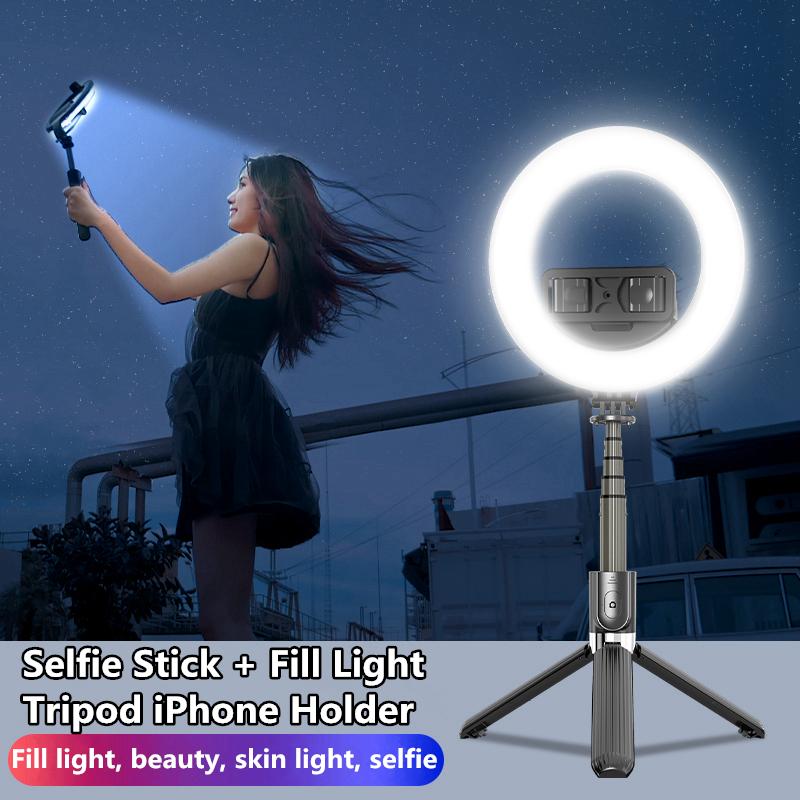
A selfie stick is a monopod used to extend the reach of a camera or smartphone, allowing for wider angles and more inclusive shots. It typically features a clamp at one end to hold the recording device and an extendable pole to adjust the distance. At the base, it often includes a handle for grip, and many models come with a Bluetooth remote or wired connection to trigger the camera's shutter.
Recording Capabilities with a Selfie Stick
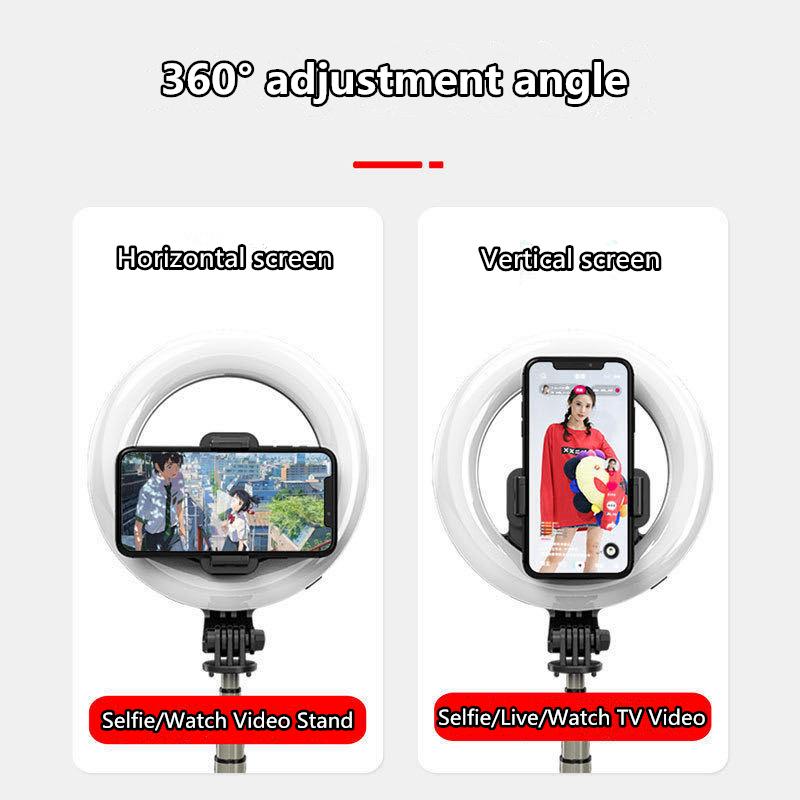
The simple answer to whether you can record with a selfie stick is a resounding yes. However, leveraging its full potential requires an understanding of its functionalities and the specific requirements of your recording project.
Hands-Free Recording
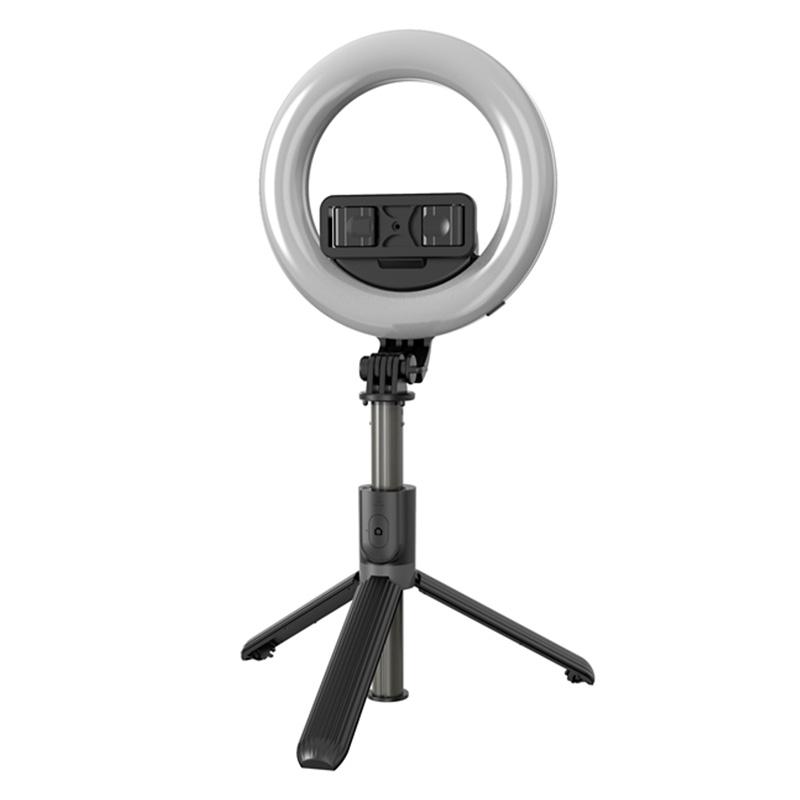
One of the substantial benefits of using a selfie stick for recording is the ability to go hands-free. Many modern selfie sticks double as tripods. This dual functionality is crucial for steady shots, time-lapses, or vlogs where the recorder needs to be in the frame but without the distortion or shakiness of a handheld shot.
Angle and Distance
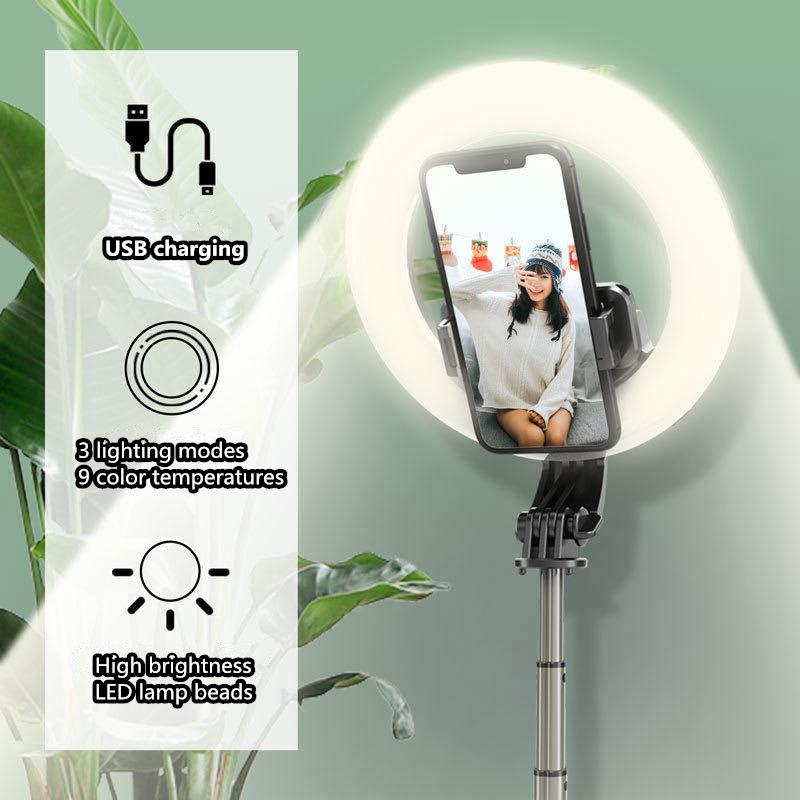
The extendable nature of the selfie stick allows for a wide range of angles and distances that would otherwise be challenging to achieve. Whether you're aiming for an over-the-crowd shot at a concert, a dramatic low-angle shot, or a high-angle aerial-like perspective, a selfie stick can bridge the gap.
Practical Tips for Recording with a Selfie Stick
To ensure high-quality recordings, consider the following practical tips:
Stabilization
Even though selfie sticks improve stability compared to handheld filming, they aren't immune to shakiness, especially when fully extended. Investing in a selfie stick with a built-in stabilizer or gimbal can significantly enhance the steadiness of your recordings. If that's beyond your budget, try to hold the stick with both hands and keep your movements slow and deliberate.
Camera Settings
Adjusting your camera or smartphone settings to fit the recording environment is crucial. Higher resolution and frame rates capture finer details and smoother motion, which is especially beneficial for action shots or detailed vlogs. Ensure your device's focus and exposure are set correctly to avoid blurry or over/under-exposed footage.
Remote Shutter Use
Utilize the Bluetooth remote or wired connection that comes with most selfie sticks to start and stop recordings without reaching for your device. This feature is particularly handy when the stick is fully extended, or you're using it as a tripod.
Advanced Features in Modern Selfie Sticks
The evolution of selfie sticks has seen the integration of several advanced features tailored for professionals and avid content creators:
Integrated Tripods
Many selfie sticks now incorporate tripod legs that can be folded out from the handle. This feature is perfect for static shooting setups, such as interviews, time-lapses, or group activities.
Gimbal Stabilization
Gimbals are a game-changer for recording with selfie sticks. A motorized gimbal can adjust to sudden movements and keep the camera level, providing incredibly smooth footage. These are particularly useful for dynamic shooting scenarios like action sports or travel vlogs.
Extension and Rotation
Advanced models offer greater extension lengths and rotational capabilities. Some selfie sticks can extend up to 40 inches or more and have a 360-degree rotation feature for panoramic shots, enabling more creative recording angles.
Common Applications for Recording with a Selfie Stick
1. Travel Vlogging: Ideal for capturing dynamic shots in diverse environments, whether trekking through mountains or exploring urban landscapes.
2. Fitness and Sports: Perfect for recording activities like hiking, biking, or even workout routines, due to its portability and ability to capture wide-angle shots.
3. Events and Gatherings: Great for recording social events, family gatherings, and concerts, providing a way to capture high-angle footage in crowded places.
4. Tutorials and How-Tos: Useful for creating educational content or DIY tutorials, offering hands-free shooting while demonstrating a process.
5. Live Streaming: Many selfie sticks are designed to accommodate live streaming setups, with features that support both horizontal and vertical orientations, enhancing viewer engagement.
Recording with a selfie stick is not only possible but can drastically enhance the quality and creativity of your videos. By understanding its capabilities and following practical tips, you can make the most of this versatile tool. Modern advancements in selfie stick technology have made them more robust, stable, and user-friendly, ensuring they continue to be indispensable for both amateur and professional videographers alike.
Whether you are an aspiring vlogger, a seasoned traveler, or someone who just enjoys capturing life's moments, incorporating a selfie stick into your recording gear can open up new possibilities and elevate your content. With thoughtful use and the right model, you can achieve stunning, professional-grade recordings that capture the essence of your experiences.



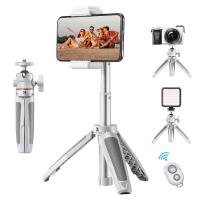
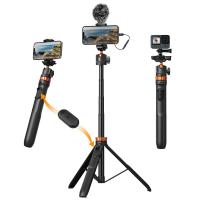

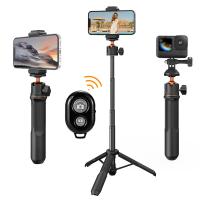
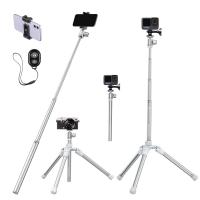
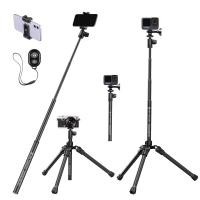
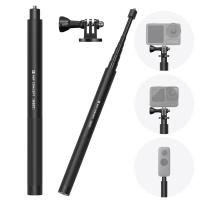
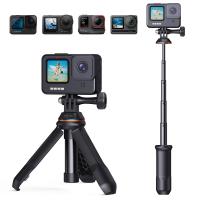

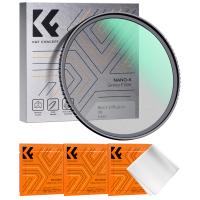
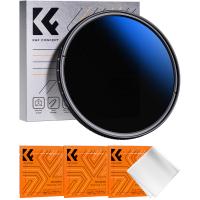
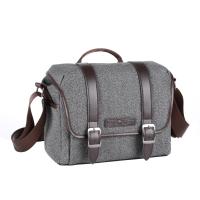
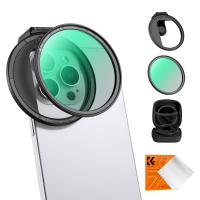

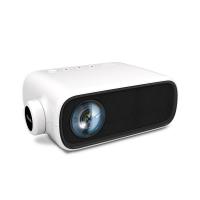

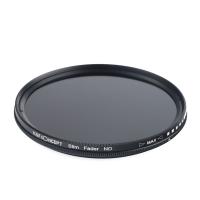
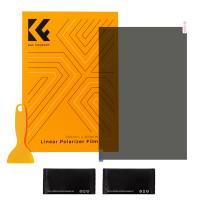
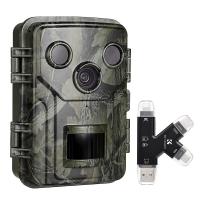
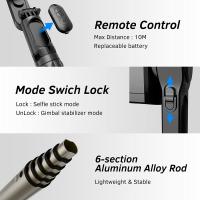
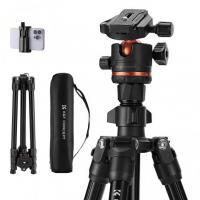
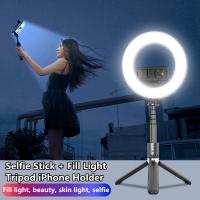


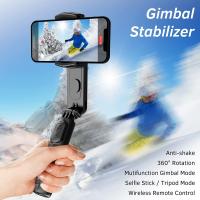


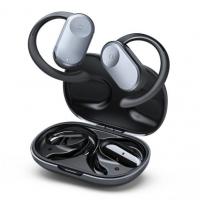
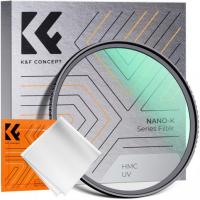
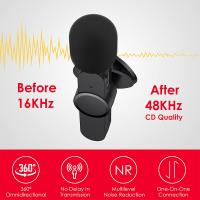
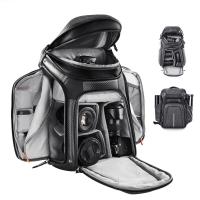
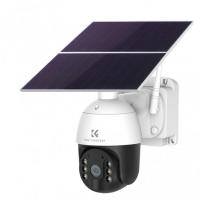
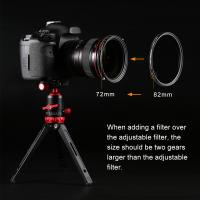
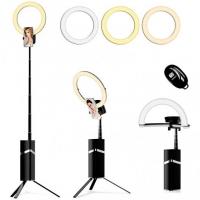

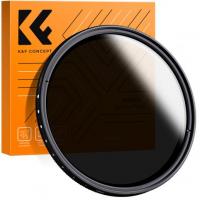
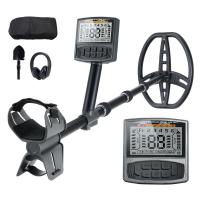
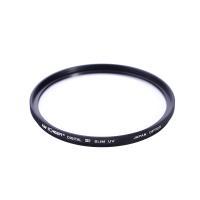
There are no comments for this blog.